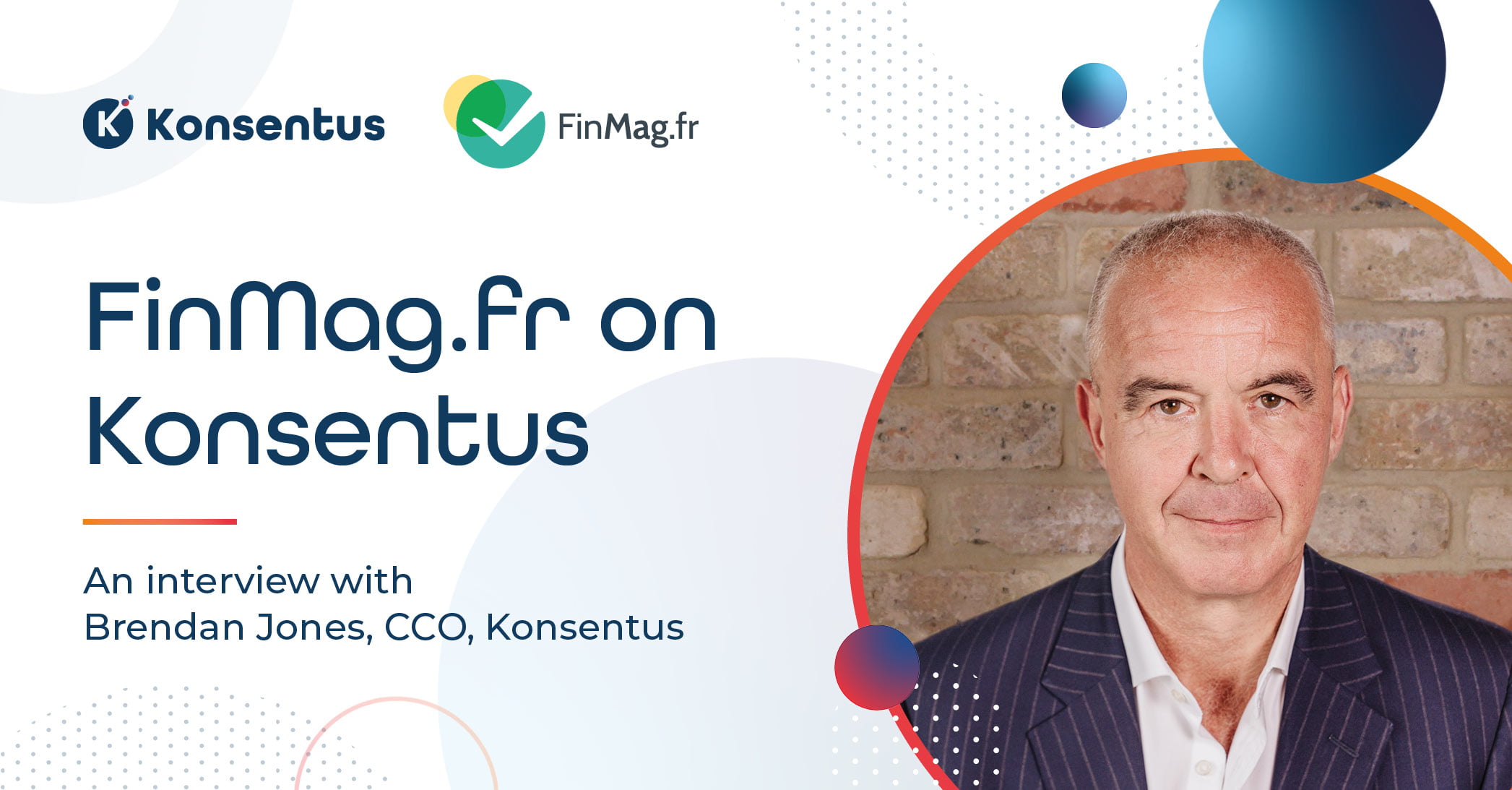Today (14 September 2021) marks two years since the implementation of PSD2 open banking in Europe.
What started as a European initiative has now become a global movement, with many jurisdictions leapfrogging Europe and implementing open finance.
It has been a quite a journey for both banks and TPPs, from negative reactions towards the regulation to full PSD2 compliance.
What do the numbers tell us? Volumes and values
It is hard to measure true activity, due to the distributed nature of APIs, but the trend is certainly upwards. An estimate is that we have reached over 500 million transactions per month, as published in the Konsentus TPP Tracker.
There are nearly 300 TPPs in the EEA, but this only provides part of the picture. When we consider the 1200+ payment institutions acting in the capacity of third parties, we see how far we have come in just 24 months.
Account information services (AIS) make up the majority of transactions, but as account to account access becomes more prevalent, payment initiation (PIS) volumes will undoubtedly increase.
The limited number of use cases that were first foreseen has exponentially changed. Many services that weren’t initially realised are now readily available. Consumers are offered the ability to verify account ownership in real time, use open banking data for KYC checking, use open banking data to forecast cashflow, automated savings, as well as “standard” account aggregation services, which were available in 2019.
A barometer of change and perhaps an indication of the future direction of travel in the EEA is to look at the UK. More than 3m people are utilising open banking services on a frequent basis and the market is experiencing over 800m open banking API calls per month. Although the CMA order (which came into effect before PSD2 was implemented) effectively gave the UK an 18 months’ head start on the EEA, the gap is narrowing.
Fragmentation or Diversity?
The rate of take up of Open Banking is not the same across the EEA. We’re seeing open banking adoption rates differ from country to country. Although we talk about open banking as a whole, in practice this is 30 different nations with different payment methods chosen by consumers.
The number of registered TPPs also varies widely. Portugal has no domestic TPPs, while Lithuania has 24. Germany has the most TPPs with 37.
Thanks to passporting, all countries have many TPPs. The country with lowest number is Iceland, and four countries (France, Germany, Netherlands, Sweden) have more than a hundred regulated TPPs.
While larger countries have more volume, there are also appears to be clusters of higher volumes in countries with a high online presence.
Is a lack of standardisation stalling growth?
Critics of European open banking would point to the complexity of integration to the APIs. It is true that there is a lack of standardisation across the EEA at multiple levels.
Competent authorities in each country do not always agree about scope. There are a few different standard organisations, and most standards allow a high level of optionality, so individual implementations vary considerably.
Taken together this makes it hard for Fintechs to connect with multiple banks which has given rise to data aggregators, reducing the burden for TPPs.
The TPP community is also more dynamic than many imaged. A TPP can have its licence withdrawn, can change its roles, can change the countries it passports into, or cease trading. Over 100 databases and registers hold the key to what’s really happening, and the data sources constantly change. Keeping on top of the data is paramount in a world where trust takes years to build up but is very quickly destroyed.
So how far have we come?
While Open Banking, as defined by PSD2 is not perfect, it has provided innovative services across half a billion citizens and 6,000 financial institutions. It has opened minds as to what may be possible not just for banking, but for finance and data. It has led to Open Banking and Open Finance around the world and the journey still continues. There is increasing expectation about the rollout of Open Finance, with further direction expected from the European Commission in 2022.








